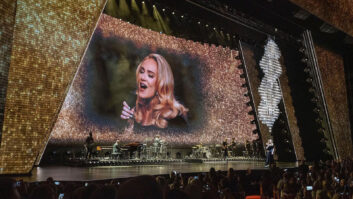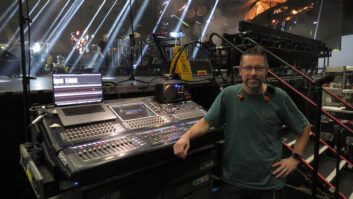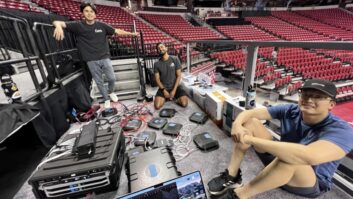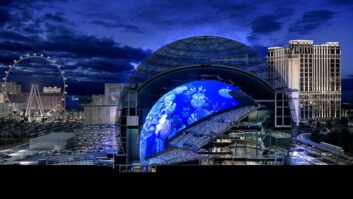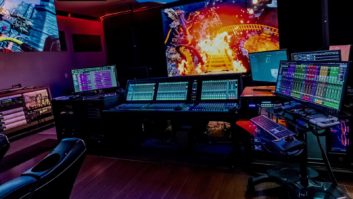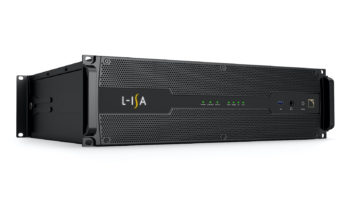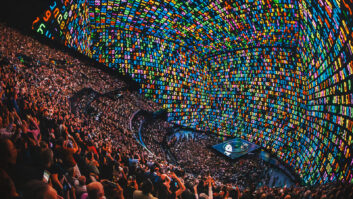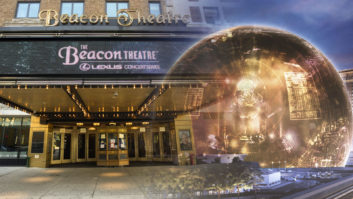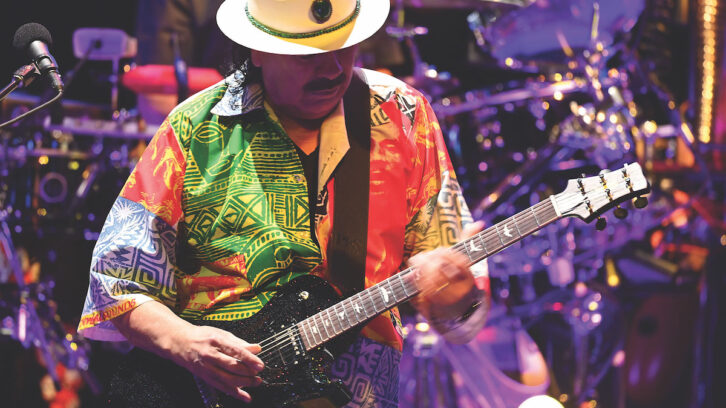
On November 24, 1944, a young pianist walked up and down Fremont Street in downtown Las Vegas passing out handbills printed with a question: “Have you heard Liberace?” It wouldn’t be long before he introduced the candelabra and furs for which his glitzy shows would become famous, but for the moment, Liberace was focused on his debut that evening at the Hotel Last Frontier, which had opened just two years previously. By the end of Liberace’s first week, the hotel, only the second to open on what would eventually become the Las Vegas Strip, doubled his salary and offered him a long-term contract. The Las Vegas residency was born.
By the end of the 1950s, Vegas residencies by the likes of Wayne Newton and Frank Sinatra (the Rat Pack, too) were a bigger attraction than the casinos, which were losing money in the concert showrooms but recouping big-time from the larger crowds at the gaming tables, restaurants and hotels.
Starting in 1969, Elvis Presley shook things up with a seven-year run of 636 shows at the International and Las Vegas Hilton, where he also lived. Then, in March 2003, Céline Dion’s four-year “A New Day…” spectacular opened at the purpose-built Colosseum at Caesars Palace and ushered in the modern era of extravagantly produced, extended engagements by Elton John, Cher, Britney Spears and many, many others. Dion’s second residency, “Céline,” ran at the Colosseum from 2011 to 2019.
Today, Las Vegas residencies will typically extend over two or three months, sometimes multiple times a year, at the same venue. And that performance space is now likely to be kitted out with technology—sound, lighting, video, staging—way beyond the wildest dreams of “Mr. Showtime,” Liberace.
This year’s residencies, running from just three days to year-long, will include Adele, Jonas Brothers, Usher, Keith Urban, Luke Bryan, Maroon 5, Foreigner, Miranda Lambert, Sting, Katy Perry, Rod Stewart, Santana, Garth Brooks, Bruno Mars, Carrie Underwood, Van Morrison, and Las Vegas stalwarts Barry Manilow, Donny Osmond and “Mr. Las Vegas” himself, Wayne Newton, who made his Sin City debut in May 1959.
Dispensing with the need for audio gear to be set up in a few hours, night after night, residencies have enabled artists to integrate technology that otherwise would typically not be attempted on a tour. Recently, the trend has been to deliver immersive sound experiences like those that audiences now enjoy at home and on their headphones.
To be sure, Cirque du Soleil added two tiny speakers to seat-backs at its 2,000-capacity theaters at the MGM Grand and the Mirage more than a decade ago. But 360-degree audio technology has evolved greatly since then, and artists can now deliver spatial, immersive or 3D—call it what you will—sound to virtually every seat in a 5,000-seat venue.
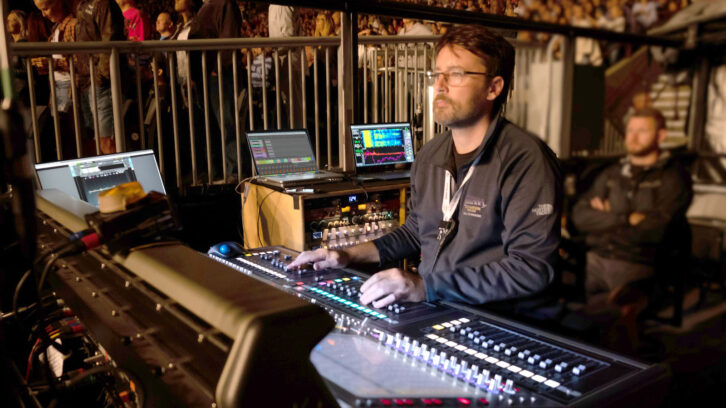
SANTANA, THE PIONEER, HOUSE OF BLUES
Kevin Madigan, Santana’s front-of-house engineer, was at the bleeding edge of immersive live sound in Las Vegas. In 2019, he collaborated with Dolby on its expansion of the installed JBL VTX sound rig at House of Blues Las Vegas to support Dolby Atmos, a spatial audio mixing platform almost exclusively limited to studio use at the time.
Madigan now has dozens of Atmos studio mixes for the music streaming platforms under his belt, but back then, he and Dolby were blazing a new trail. “It was a proof of concept,” he explains. “It was the first time for a large-scale, live performance in Atmos.”
Madigan first needed assurances that enough people would experience the Atmos mix at the House of Blues: “I said, ‘If it’s not 75 percent and above, I’m not really interested.’ They put a lot of work into mapping it with the software to make sure the coverage was there.”
To prepare, he spent many hours at Dolby’s San Francisco headquarters learning the system and refining his mix. Atmos control was a kludge initially, he says, requiring him to pre-program panning and object moves within Pro Tools. (Dolby has since released a control app that can run on a tablet.)
Some of the pans Madigan programmed in Dolby’s mix room didn’t quite translate to the venue, he recalls, noting, “The scalability of object movement is a different thing entirely going from a small environment to a large environment, so we had to slow down some movements.”
The hall is tricky, with a horseshoe-shaped balcony blocking the lower floor from overhead sound sources. “It’s like mixing in two different environments,” Madigan says. “The upper balcony is nice and open; it sounds really good up there. The lower section is more claustrophobic.”
Just like with the studio software, Atmos for Live offers a 7.1.2 bed, plus objects. “I didn’t want everything to be an object,” Madigan says right away. “When you’re doing studio stuff, you have control of the automation in Pro Tools, but we’ve got to address things quickly in the live world. The drums are in the bed for left, right and center. It’s a big rock show and the power comes from upfront. Center is cool—you can run the snare, bass and vocals into that, to focus them.”
Madigan groups Carlos Santana’s acoustic and electric guitars as a stereo object, saying, “We can bring it forward and up for solos, but we don’t do anything too silly with it. We don’t want anything distracting going on.”
In the Atmos control app, he says, “I have a preset where everything is just spread out. It allows us to run the percussion, stage right and stage left, out and up the walls a little bit, so you feel more immersed in it. Everything else is where you would expect it to be, panned across the front using the extra centers.”
Santana has residencies scheduled at the venue for May, September and November 2023.
